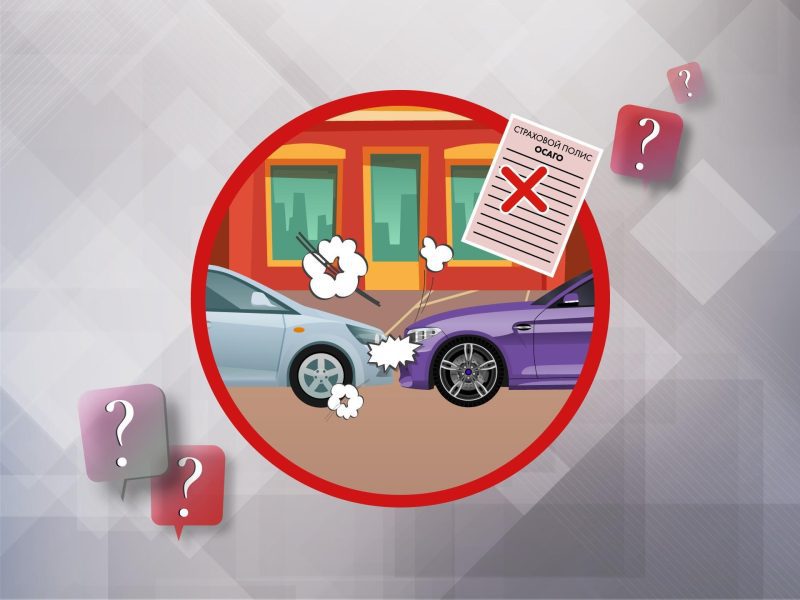
How to increase the range of your electric car battery
Content
Electric vehicles are now better than ever before. Even the cheapest models can go about a hundred miles before needing to be charged again, and more expensive models can go over 200 miles between stops. For most drivers, this is enough, but some people will want to squeeze every last drop out of their battery before stopping to reconnect.
Of course, efficient driving is about more than just extending battery life. By consuming less energy, you save money and help the environment. Inefficient driving is wasteful both in terms of your finances and your ecological footprint, so by following these simple steps, you will be doing yourself and everyone else a favor.
We sell a variety of electric vehicles, including the first generation Leaf, which will go about 100 miles before it needs to be charged, and models such as the Tesla Model S, some versions of which can go over 300 miles on a single charge. Popular mid-range models like the Hyundai Kona Electric and Kia e-Niro can also go over 200 miles. But all of them will go further with sensible driving methods and a dose of common sense.
Know the secrets of your car
Electric cars are smart. They usually feature a host of technologies designed to maximize their range and performance, including "driving modes" that you can choose from based on your preference. If you need extra power, choose a mode that boosts your car's performance. If you want your battery to last as long as possible, choose a mode that slows your car down in exchange for a few extra miles.
Technology for toasty fingers
Heating your car's interior - or if we're lucky, cooling it - will require a lot of electricity. To avoid compromising the life of the precious battery, many electric vehicles are now equipped with a pre-heating or cooling function that works while the vehicle is still plugged in. It can be controlled from the car or set up with a smartphone app. When you go downstairs, unplug the car and hit the road, the cabin is already cooling or warming up to the ideal temperature.
Clear kilos
Think about what you carry in your car. There are probably things in the trunk that shouldn't be there, they just add weight and reduce your efficiency. Cleaning up the clutter is a great way to instantly improve the fuel efficiency of any vehicle, be it a gas or electric model. Cleaning your car regularly is a great way to keep it in good condition.
Pump up your tires
Consider riding a bike with soft, under-inflated tires. Annoying, right? It's the same with cars. If your tires are not properly inflated, you will be doing more unnecessary work for your car, which means it will use more energy to get from point A to point B. Rolling resistance is what we call the force trying to stop the wheels of the car. your car from moving forward and about a third of the total power of the car is required to overcome it - do not complicate this more than necessary.
Become a fraud
The people who designed your car will spend a lot of time, effort and money making it as aerodynamically efficient as possible. That's why modern cars are so sleek and streamlined - so that air can quickly pass by when you're driving at speed. But if you install a roof rack and roof box or accessories in the back of the car like a bike rack, you can make your car a lot less efficient. Some researchers believe that a roof box can increase fuel consumption by 25 percent.
Plan your route
Stop-and-go driving can be very inefficient, even in an electric vehicle. Conversely, driving at high speed can also be very inefficient, especially for electric vehicles; you may find that your car travels farther at 50 mph cruising than it does at 70 mph on the motorway. Reducing time spent on battery-draining roads can increase range, even if it means more travel by a mile or two.
Does it smoothly
It doesn't matter if your car runs on electricity, gasoline or diesel - the smoother you drive, the farther you'll go. Try to maintain a constant speed, avoiding sudden acceleration or braking whenever possible. This will help you maintain momentum and conserve energy. You can achieve this by anticipating the road ahead and what is happening around you, and by trying to predict what will happen before dangers arise. Driving in a hurry costs a lot of extra money.
Do you need air conditioning?
Your car uses energy to move, but there are many other components that drain your battery besides engines. Headlights, windshield wipers, air conditioning, and even the radio draw power from the battery, which to some extent affects how far you can go without refueling. Listening to The Archers probably won't use as much electricity, but if you turn the air conditioner on full blast it probably will. Climate control - whether it heats the car or cools it - consumes a surprising amount of energy.
Slow down
Generally speaking, the faster you drive, the more fuel you use. There are some caveats, but this is a good principle to follow when trying to save energy and therefore money. It's important to keep up with traffic, and driving too slowly can be a danger to other road users, but obey the speed limit (or just below) to save as much fuel as possible. And remember that even if you don't get a ticket, speeding will still cost you extra money.
Help yourself release electricity
Electric vehicles have something called "regenerative braking" or "energy recovery". This system allows the car to harvest energy during braking, effectively turning its wheels into small generators. When a conventional car slows down, it converts the energy of the forward moving car into heat, which simply disappears. But when an electric car slows down, it can store some of that energy and put it into its batteries for later use.
